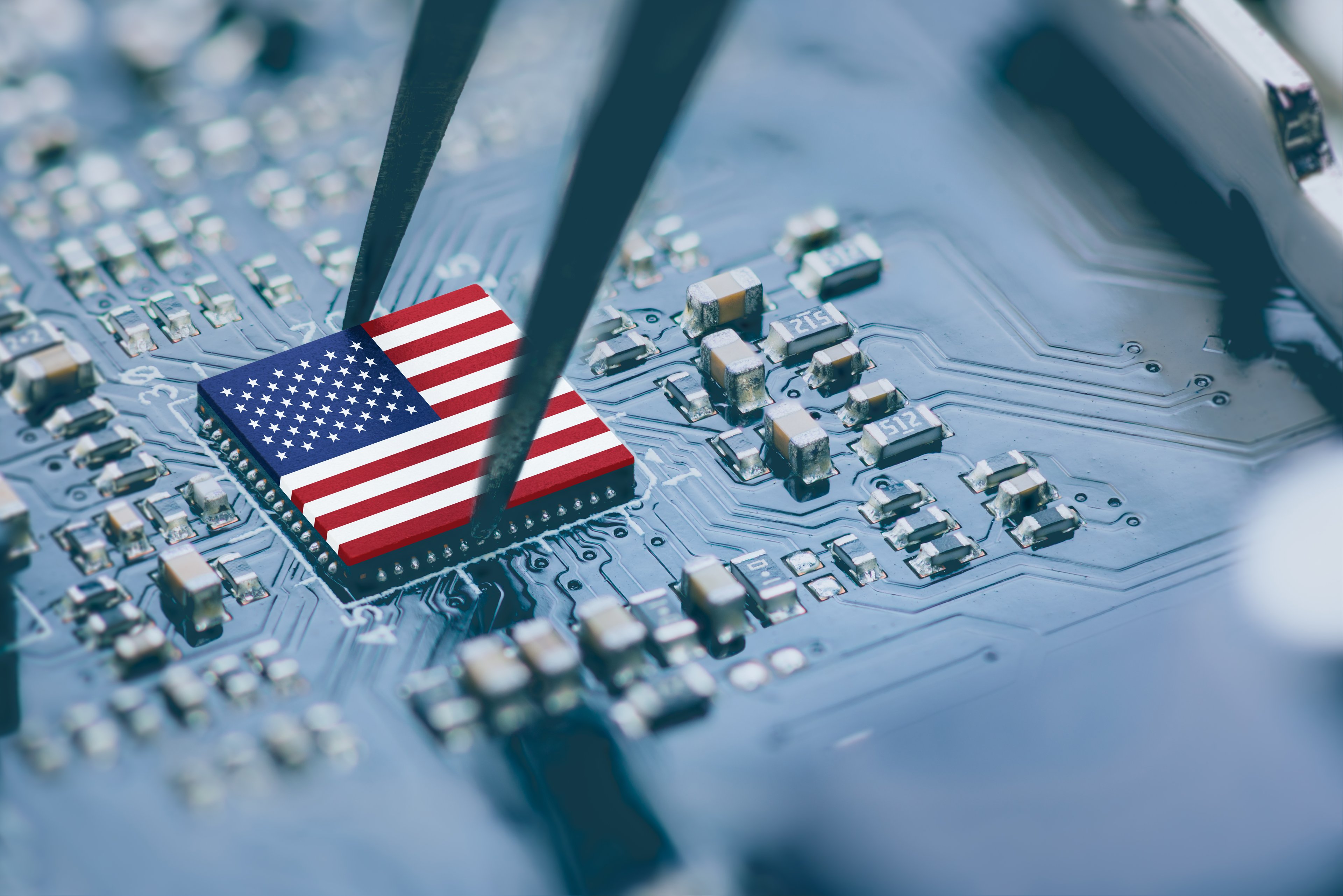"Hard lot! encompassed with a thousand dangers;
Weary, faint, trembling with a thousand terrors;
I'm called, if vanquished, to receive a sentence
Worse than Abiram's."
-- William Cowper, "Lines Written During a Period of Insanity"
I've been vocal about my disappointment in the cuts that AMD (NYSE:AMD) plans to make as the processor price war with market leader Intel (NASDAQ:INTC) forces the underdog's hand. To find out more about the cuts, I tuned in to AMD's conference call a few days after the fact, and what I found made me ... well, not happy, but somewhat satisfied at least. My terrors abate, even as AMD continues to face a thousand dangers. National Poetry Month, how I shall miss thee ...
Cutting close to the bone
My specific beef was with the planned reductions in capital spending. As it turns out, the savings should come from slowing down a single product-line conversion somewhat, with a delayed and modest production impact.
COO Dirk Meyer explained that the 200-millimeter wafer process in the Dresden plant will be dismantled and sold as planned, but the reinstallation of 300 mm toolset will be delayed a few months. A 300 mm wafer can fit more than twice as many chips into one production run as a 200 mm one, so AMD is delaying an important efficiency measure here and reducing its 2008 production capacity a bit.
Other upgrades are proceeding as planned, including another 300 mm conversion and the rollout of 65-nanometer technology to replace the old 90 nm lines. Again, it's about efficient manufacturing, and smaller chip traces also enable faster processors.
So that's not quite as horrifying as I had feared. Elsewhere, CFO Bob Rivet assured us that research and development remain as a top priority, and the company is making sure not to cut into its future there. Overall, these changes don't seem to tear down the innovation process the way it looked from the SEC filings, and I'm mollified. Not happy, mind you -- a full-speed Dresden transformation would still be better.
Need cash, will carry
But then there's the cash crunch to consider. Rivet stated a couple of times that a $1 billion cash balance made him comfortable while $600 million was enough working capital to keep the business running in a pinch. We've already seen AMD act on the cash hemorrhage, announcing a $2 billion sale of senior convertible notes to a consortium of investment banks.
For the debtors, it's the best of both worlds: In the unlikely event that AMD goes bankrupt, senior notes get to go first in line when the remains are liquidated, and convertible notes make for some nice returns if the company completes its plans and the share price rockets skyward once again. For AMD, it's a low-interest option that won't dilute the stock -- unless, of course, that convertible clause kicks in. But by then, it's all good.
Other financing plans include the toolset sales already mentioned, the sale of some land and administrative offices, and the collection of German subsidies for the Dresden investments.
This is war!
The horrific performance of the first quarter was only partly a function of the price war. Yes, average selling prices were down, but the sales-volume decrease played a much bigger part, as production costs remained essentially fixed.
In turn, that's a result of AMD's growing up perhaps too quickly. In four years, the company has gone from a wannabe with one real product line -- the K6 chips -- selling mostly to tech-product distributors to a diversified manufacturer with 26% market share and separate products for desktops, notebooks, and servers, as well as an OEM-focused sales strategy.
It was that complexity that caught management off guard, leaving it unable to adjust to shifting demands in time and not fulfilling some of those all-important OEM orders in a timely manner. That scenario played out over the course of 2006, but the fallout landed in early 2007.
Strategy and tactics
The fab upgrades and the finagling of financing amount to tactics, said CEO Hector Ruiz. On a larger scale, AMD is changing its strategy, too. The complexity of the new OEM model demands it, and it has been planned for some time -- but that shift has been accelerated to adjust to the new scale of operations. The sales process has been simplified, and so has the marketing message. I'm assuming that the land sales might include some downsized sales offices. "While we know we cannot cut our way to prosperity," Ruiz said, "we realize we need to make some significant adjustments to our business model in order to succeed in the current competitive environment."
Meyer chimed in, calling the confluence of market pressure, business complexity, and process changes "something of a perfect storm." AMD is looking into some Texas Instruments (NYSE:TXN)-style asset-light manufacturing, possibly expanding the foundry relationship with Chartered Semiconductor (NASDAQ:CHRT) or leveraging the new foundry contacts that ATI brought on board. Those processes should end up handling low-end and mainstream chips, though, leaving the "leading, bleeding-edge" top performers on 45 nm processes and beyond to in-house capacity.
Foolish finale
All things considered, I'm breathing a bit more easily today than I did after reading the earnings report proper. Again, it's not a perfect scenario, but management seems to worry about many of the same things I do and is doing what it can to avoid the worst pitfalls. Godspeed, AMD, and good luck.
Fool on:
- AMD's Prosodic Conundrum
- AMD Digging the Hole Deeper: Fool by Numbers
- AMD's Topsy-Turvy Update
- Intel Declares War
Intel is a Motley Fool Inside Value recommendation. Take a peek at our value-driven newsletter service free for 30 days.
Fool contributor Anders Bylund is an AMD shareholder but holds no other position in any of the companies discussed here. You can check out Anders' holdings if you like, and Foolish disclosure will hang tough in the worst of times.







